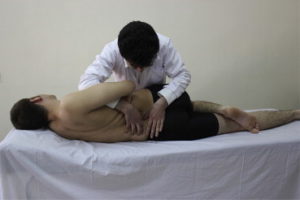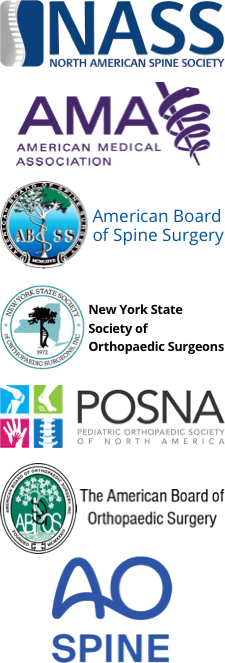 If you’ve ever been to a chiropractor or had a professional “crack your back,” you may have been a recipient of spinal manipulation therapy (SMT). Spinal manipulation, also called spinal manipulative therapy or manual therapy, is used in both Western and traditional East Asian medicine; in North America, it’s typically performed by chiropractors, osteopathic physicians, and physical and occupational therapists.
If you’ve ever been to a chiropractor or had a professional “crack your back,” you may have been a recipient of spinal manipulation therapy (SMT). Spinal manipulation, also called spinal manipulative therapy or manual therapy, is used in both Western and traditional East Asian medicine; in North America, it’s typically performed by chiropractors, osteopathic physicians, and physical and occupational therapists.
Over 100 types of adjustment techniques are known throughout the world, but typically chiropractors will focus on eight to 10 varying approaches within their practice. Spinal manipulation therapy uses force, while spinal mobilization therapy is gentler. Some conditions such as osteoporosis, the patient’s size, or simply patient comfort may require spinal mobilization therapy.
Chiropractic treatment can be extremely effective for acute neck or back pain due to muscle spasm, strain or sprain, and inflammation. If you’ve never experienced it before, it can be surprising just how much force can go into the manipulation of different joints of the spine. The most frequently used technique in SMT is the high-velocity low-amplitude thrust, which often results in an audible “pop.” A more sophisticated technique relies on using a flexion distraction technique that is somewhat gentler and safer. The goal of these techniques is to reduce spasm, restore or enhance joint function, and resolve joint inflammation, thus reducing pain. Supporters of the method believe it can help to ameliorate back pain through realignment.
I can tell you from personal experience with my patients that chiropractic treatment is usually very effective at rapidly reducing the pain that comes from acute spasm, but not as effective for a herniated disc. Measuring the effectiveness of SMT is tricky as it does not lend itself well to a traditional scientific study format. A 2007 study found spinal manipulation to be moderately effective in easing chronic low back pain, and another study showed that six weeks of treatment helped improve neck pain in almost 70 percent of participants. However, other studies have questioned the effectiveness, finding it no more effective than regular physical therapy or over-the-counter medications.
SMT is not without risks, either. Though extremely rare, reports have indicated that the treatment can cause a herniated disc, or even result in cauda equina syndrome (CES), which can cause weakness, loss of feeling in one or both legs, and bowel or bladder problems. This is more common with the “cracking” technique than with the flexion distraction approach.
As with anything in life, it is important that if you are seeking chiropractic treatment, make sure you find an excellent, competent and responsible practitioner. There are people who take the time to make sure they understand your problem, tailor the treatment, and refer you elsewhere if your condition is not one that responds well to manipulation. Some conditions, especially those that involve nerve compression, may simply be best treated with spinal surgery.
Have you had pain relief from SMT? Come visit my Facebook page and discuss your experiences.










